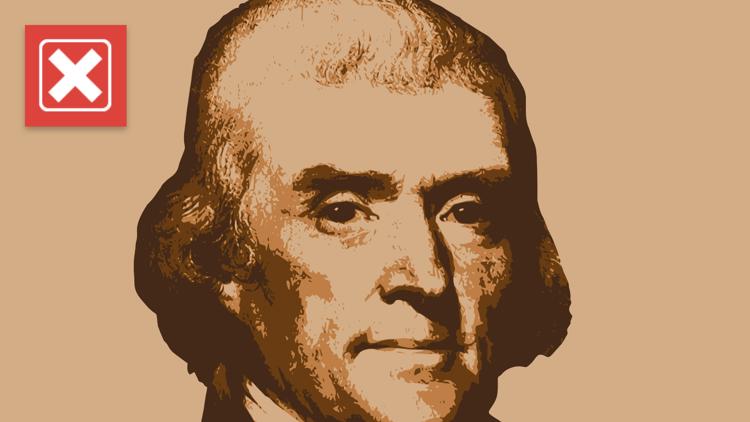December 17, 2024 This article has been reviewed according to Science X's editorial process and policies . Editors have highlightedthe following attributes while ensuring the content's credibility: fact-checked trusted source written by researcher(s) proofread by Jacob S. Suissa, The Conversation Imagine a photograph of your great-grandparents, grandparents and parents side by side.
You'd see a resemblance, but each generation would look distinct from its predecessors. This is the process of evolution in its simplest form: descent with modification. Over many generations, a staggering amount of modification is possible.
This is how the diversity of life on Earth came to be. This idea, though, has long been misunderstood as a path that leads in one direction toward "higher" or "better" organisms. For example, Rudolph Zallinger's famous 1965 Time-Life illustration " The Road to Homo Sapiens " shows humans evolving in a stepwise fashion from ape-like ancestors to modern man.
Extending this perspective beyond humans, early paleontological theories about ancient life supported the idea of orthogenesis, or "progressive evolution ," in which each generation of a lineage advanced toward more sophisticated or optimized forms. But evolution has no finish line. There is no end goal, no final state.
Organisms evolve by natural selection acting at a specific geologic moment, or simply by drift without strong selection in any direction. In a recently published study that I carried out with.



















